
What does it take to run a Bob Graham Round in winter, alone and unsupported? How has the experience changed over the decades? And what do we even mean by the terms winter, and solo? Keri Wallace speaks to the only two people to have pulled off a solo winter BGR, Martin Stone, whose achievement in the late 1980s set a formidable benchmark, and Shane Ohly, who finally beat his record in December 2020.
"I'm no longer on any rock. I am on rock-hard snow. I can't retreat… I'm committed. I dig my fingertips into the hard snow. Very little purchase. Very gently I pull-up, lying my arms on the snow to create friction with my woolen pullover.. I'm so committed I become calm, resigned to the fact that I could come off here. There's nothing I can do. I've got to go up this bloody thing" – Martin Stone, January 8th 1987
I had a dry mouth. I was gripped. And I wasn't even there. I was in fact only listening to an audio account of Martin Stone's 'solo unsupported' Bob Graham Round, completed in 1987 – the first ever Winter Bob Graham Round (WBGR) accomplished in this style. It is a remarkable historic account and a fascinating tale of determination, but it's also more than a bit harrowing. Here's the full story, which Martin Stone only recently had converted from the original cassette to a digital file:
Stone's accomplishment as the only solo unsupported WBGR stood for 35 years – until this winter. On 30th December, Shane Ohly repeated the round in the same style, finishing in the slightly quicker time of 23h26.
The same two rounds of 42 peaks, separated by only 15 minutes - but decades apart. On the surface, these achievements seem similar, but in the telling, the experiences are in stark contrast.
I developed a penchant for solo unsupported long-distance epics, and indeed it is likely that the term 'solo unsupported' was coined by myself and a friend in 1980
Stone describes his round as 'the toughest, the most dangerous challenge' he has ever undertaken. His major difficulties were physical in nature; hampered as he was by treacherous conditions and a lack of equipment. In contrast, Ohly's report reveals how psychological hurdles and fuelling issues were the major obstacles in his battle against the clock.
About Martin
Martin Stone is a well-known name in fell running circles, revered for his long-distance, solo, and unsupported mountain running accomplishments dating back to the late 1970s. Stone was the second ever person to complete the Ramsay Round in 24h, after Charlie Ramsay himself. And by adding a few extra summits along the way, his round is probably still the biggest 'solo unsupported' 24h mountain run in the UK to date.
In 1989 he completed the only Mid-Winter Paddy Buckley Round (also solo unsupported), and in 1992 won the first Dragon's Back Race with Helene Diamantides (since resurrected by none other than Race Director Shane Ohly himself). Stone organised the LAMM (Lowe Alpine Mountain marathon) for 24 years and is owner of both SPORTident Timing and SiEntries.
Martin Stone's winter Bob Graham Round was the third WBGR ever recorded - the first being completed (supported) by John Brockbank and Selwyn Wright in December 1986 (23hr.06).
During the intervening years between Martin's solo record and Shane's, more than just the footwear has evolved. How does a 'solo, unsupported round' in the 1980s compare to today, and what does that even mean? I spoke to both runners to find out.
Martin Stone - Winter Bob Graham Round 1987
Keri: Did you succeed first time or was your success a process of trial and error?
Martin: Peter Simpson and I made the first ever attempt at a winter round in December 1980. For us it was all about the shortest day, maximum darkness. It was snowy but not consolidated. Pete made it round in about 26 hours but I dropped out with onset of man flu.
I attempted it the second time on the shortest day of 1985. It was an attempt of Himalayan scale (backed by about 20 members of our club Clayton-le-Moors Harriers), but it was monsoon-like weather. We retired en masse to the pub for a very nice pint of beer as the centre of Keswick flooded to a depth of two feet!
All the attempts so far had been by quite big teams, so I began to examine the possibility of keeping it simple and attempting it 'solo unsupported'. In the 12 months that followed it became an obsession.
On the shortest day of 1986, I finally tried it solo but again was doomed to failure when a full-scale storm pursued me through the night along the Helvellyn Ridge and forced a hasty evacuation.
As I walked back along the road to Keswick it became crystal clear to me that in winter, on my own, I would need dry, calm weather. When the weather settled two weeks later, I was determined to succeed."
Why did you choose to attempt the round without support runners?
I was inspired by Sir Robin Knox Johnston who was the first person to sail alone non-stop round the world and by Reinhold Messner's solo ascent of Everest without established camps and without oxygen. I developed a penchant for solo unsupported long-distance epics and indeed, it is likely that the term 'solo unsupported' was coined by myself and a friend in 1980.
"You haven't got anybody to fall back on. You're totally reliant on your own abilities, your own mountaineering sense and self-preservation… To have succeeded here, on something I've been trying since 1979, and then to have completed it in its purest form is a great feeling" - Stone [1987 recorded account].
How does did your achievement on the WBR compare to other ultra-distance challenges in the mountains?
It certainly placed my life in jeopardy unlike anything else I have ever done before or since. I was still honing my solo unsupported skills, having previously completed the 85-mile Scottish 4000s route in that style in 1980 and 1986, and a solo unsupported Charlie Ramsay Round in June 1987.
"The [WBGR] round is something I'm very proud of. The weather was kind; the conditions underfoot unkind – some of the most dangerous I've ever known in the lakes. But it does seem that on this round you can't have everything your way. And to make it fair, maybe you shouldn't. It's a great leveller" - Stone [1987 recorded account].
How did you feel when you found out Shane Ohly was attempting a solo unsupported WBGR?
I only became aware of Shane's attempt after he had set off. In a slightly perverse way, I was pleased that a person of Shane's speed and ability didn't waltz round it in the 20 hours that he had planned. As I saw him jog up the street to the Moot Hall on the Keswick High Street webcam I was delighted for him. Recalling my own experience, I knew what it would it feel like to arrive back at the Moot Hall after so many mini-adventures compressed into one big 24-hour adventure.
About Shane
Shane Ohly is a former professional climber and elite mountain runner, with notable achievements in mountain marathons, fell running and international skyrunning. He is also a qualified Winter Mountain Leader. Ohly is owner of Ourea Events and as such is Race Director of some of the UK's most notorious mountain races such as the SILVA Great Lakeland 3Day, The Dragon's Back Race, Salomon Glen Coe Skyline etc.
In 2008, Ohly ran the then fastest winter Charlie Ramsay Round, completing it solo and unsupported in 29hrs59. It has since been completed in the same style within 24hrs by Jon Gay.
The impact of competition, and some tricky definitions
Since the Bob Graham Round was first completed in winter conditions in 1986, all three of the UK Big Three Rounds have seen multiple sub-24h successes, and supported record times have become faster and faster. Indeed the winter records now stand at:
Bob Graham Round – Kim Collison 2019; 15hrs47
Paddy Buckley – Damian Hall 2020; 21hrs20 (solo unsupported)
Charlie Ramsay – Jim Mann 2017; 22hrs:23
Increasing interest and competition over these records has led to controversy about the ethics of winter rounds and the style in which they are completed. What constitutes 'winter conditions' or a 'solo round'? Is it a solo round if someone meets you at the road with a cup of tea? Is it a solo round if you use pre-stashed food drops to intercept along the way? A true 'unsupported' round is probably one in which you carry everything you need (apart from water) and you meet no-one (intentionally) along the way.
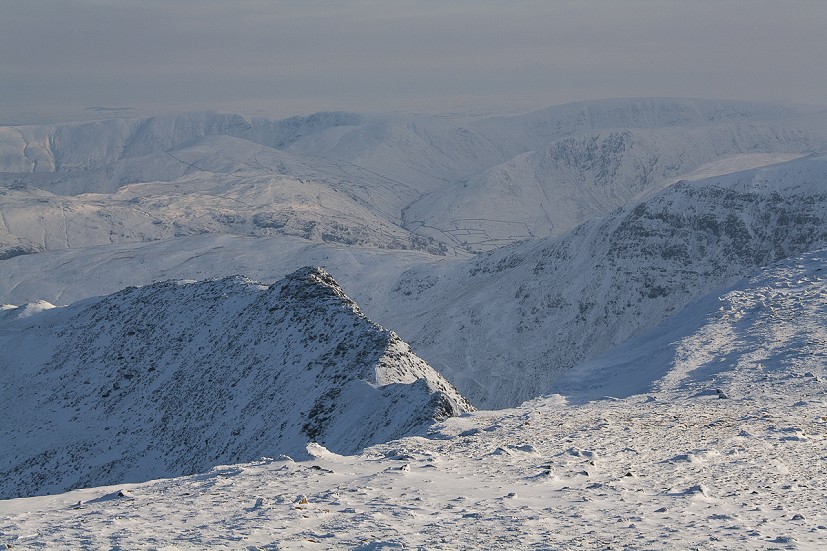
But how wintry is 'winter'? This one is trickier to define. In the mountaineering profession, it is understood that it is winter 'conditions' and not the date that defines 'winter'. Therefore, awarding bodies like the Mountain Training Association only accept training and examinations for winter qualifications, when the courses are conducted in winter conditions. The Bob Graham Club has taken an alternative view and defines a winter round by date. They state that a winter round must take place between 1st December and last day of February. The same rules have also been adopted in relation to the Paddy Buckley Round and Charlie Ramsay Round.
Shane Ohly - Winter Bob Graham Round 2020
The definition of 'winter' is a controversial topic in the fell running community and one about which Shane Ohly has been vocal over the years, particularly in relation to the winter Ramsay Round record.
I like adventures where the outcome is uncertain, and when there is genuine jeopardy
Keri: In your view, what constitutes a 'winter round'?
Shane: My personal standards for a winter round are very clear. I'd agree with the Bob Graham Club that the dates must be between the 1st December and last day of February. I'd acknowledge that a mid-winter round has more kudos. However, I would add two further and critical requirements necessary for a winter round to qualify as such: 1) that the mountains must be in winter condition i.e. snow covered and 2) that winter skills and/or equipment must be essential to complete the round. Winter skills and/or equipment only become essential in genuine winter conditions i.e. the requirement to use an ice axe to ascend/descend.
I want to be clear about the values that are important to me. I am not trying to diminish the amazing achievement of fast rounds competed in the months of winter, but in summer-like conditions. I can only dream of being that speedy!"
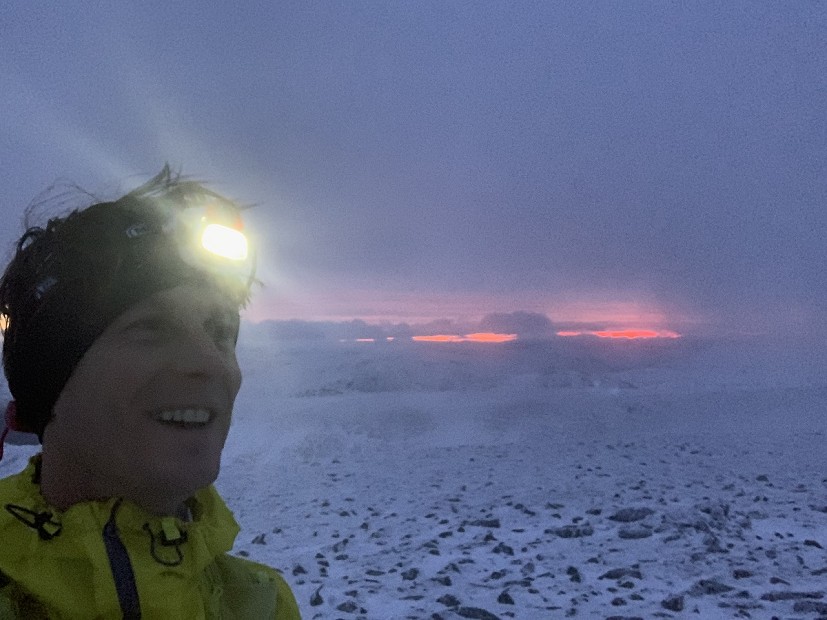
Like Martin Stone, you are a connoisseur of 'solo unsupported'. What is the appeal of this approach to you?
Whilst I appreciate that there are no guarantees, I probably have enough experience and years of running that completing a big round is all-but-certain for me if I have a support team. That all-but-certain outcome is not very interesting to me and I like adventures where the outcome is uncertain, and when there is genuine jeopardy. Also, I didn't want the pressure of choosing a support team, choosing a date long in advance and losing the flexibility of being able to go just when the weather and conditions were optimal. I am drawn to a purer approach.
When did you realise that Martin Stone's record was in reach, and what impact did that have on your morale?
I only let three people know I was attempting the round, and Jim Mann (former WBGR record holder) was one of them. He sent me a text message after 17 hours saying, 'Fun fact: only Martin Stone has completed a solo unsupported winter BG - it was in 1987 and took him 23:41'. At this point I was tired and I laboured through some basic maths to double-check my estimated time, which was ~23:00. There is no denying that it was a boost to realise this as before I was convinced that I was miles behind any record and I had considered quitting because I felt I was under-performing to such an extent.
Equipment and clothing have come a long way since the 1980s. For example, Martin Stone ran with four torches (which were dim by today's standards), and a lot of spare batteries. How would this have changed your experience relative to Martin's?
Martin Stone had worn Walsh PBs for his 1987 winter round and carried the heel part of his crampons for the first two legs only (regrettably leaving them behind at Dunmail Raise). There is no doubt in my mind that I had the advantage of much improved, lightweight clothing and equipment for my round over 30 years later. Especially my Salomon Snowspike shoes, which are both insulated and have metal dobs set within the rubber lugs of the sole. I had further customised these with a layer of neoprene glue to make them waterproof.
What is comparable however, is the route of the WBGR - both Martin and I went up the same hills. To debate this is to risk turning the Bob Graham Round into an historical re-enactment where every contender has to wear 1980's era PBs, and Tracksters with a matching string vest!"
Winter safety
Ohly offers the following advice to those attempting winter rounds for the first time;
"Everything takes more time in winter: there is a greater faff-factor in terms of organising kit, sourcing water, navigation is likely to be more challenging because you'll spend a greater proportion of your time in the dark, and assuming the ground is snow-covered there is a constant slip-n-slide effect with each step that makes progress slower and more tiring."
"The temperature means that you'll also burn through more food trying to stay warm. Basic mountaineering skills need to come easily to you even when you are very tired. On balance, and even with a good support team, you would need to be capable of a very comfortable sub-24-hour round in summer, to have any chance of getting round within 24-hour in winter."
"I am delighted that interest in this style of travel has suddenly taken off but it is really important that folk don't underestimate the elevated level of risk in winter" he warns.
The future of the rounds
For many runners, the above clarifications and debate simply detract from a beautiful thing; "…the more levels of qualification and explanation a record needs, the less worthwhile it becomes" says Ally Beaven in his recent book Broken.
But that depends on who you ask. Perhaps runners who are also climbers tend to be more accustomed to the merit of such subtle distinctions. After all, we already accept that there are clarifications required around oxygen vs without oxygen, solo vs lead, onsight vs redpointing – the list goes on. It is commonplace in the Scottish winter climbing scene to debate which routes are 'in', subject to winter conditions. e.g., If the route is 'too black' or easier without axes then the route is not 'in condition'. I don't find that these qualifications detract from the sport but rather enrich it. A 24h round is a discrete target, and surely it detracts from the sporting aspect of the challenge if there can be no (reasonably) direct comparison.
In his 20s Ohly was a bold professional climber, drawn to hard soloing. He agrees it is likely that his climbing background plays a role his pursuit of the purest style.
Perhaps it's better to think of these various styles as a legitimate divergence within fell running and embrace both approaches. A fully supported speed-attempt in fast conditions is a spectacle to behold, a feat of organisation, teamwork and supreme fitness. A solo, unsupported attempt on a round is an altogether different beast, requiring multi-tasking, self-navigation and self-sufficiency – plus a heavier bag!
"There has never before been so much interest in travelling solo unsupported. There were six solo unsupported attempts on the BGR this winter before the lockdown. In fact, probably as a result of the social distancing rules, all winter attempts this year (plus Kim Collison's two attempts on the Steve Parr Round) were solo unsupported. Of all these, Shane's was the only successful completion, and is indicative of the scale and complexity of this multi-tasking challenge" says Stone.
"Covid19 and the lack of racing has opened people's eyes to all sorts of alternative ambitious challenges, and I think this pattern is here to stay in both summer and winter" says Stone.
Indeed, last summer fell running champion Finlay Wild broke the outright Ramsay Round record with a blistering solo unsupported run, taking 1h30mins off the previous best time:
It is exciting to see greater recognition for solo unsupported fell running accomplishments. This approach might well be the perfect remedy for stir-crazy fell-runners in a life after lockdown.
- INTERVIEW: Anna Wells on the Winter Munro Round 25 Mar
- Top Tips: Camping With Kids 12 Jun, 2023
- REVIEW: Book Review: Voices From the Hills 19 May, 2023
- My Move to the Mountains: Life in Lochaber 16 Mar, 2023
- Hut to Hut in the Tyrol - A Family Adventure 30 Aug, 2022
- INTERVIEW: Nicky Spinks on the Lake District 24 Hour Record 9 Sep, 2021
- On the Ramsay Round with the Black Trail Runners 19 Aug, 2021
- Desert Island Peaks: Keri Wallace 18 Jan, 2021
- Walk Before You Run - winter skills for hill runners 21 Dec, 2020
- FEATURE: A Celebration of Women in the Hills 8 Mar, 2020

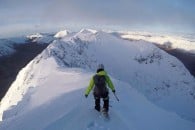


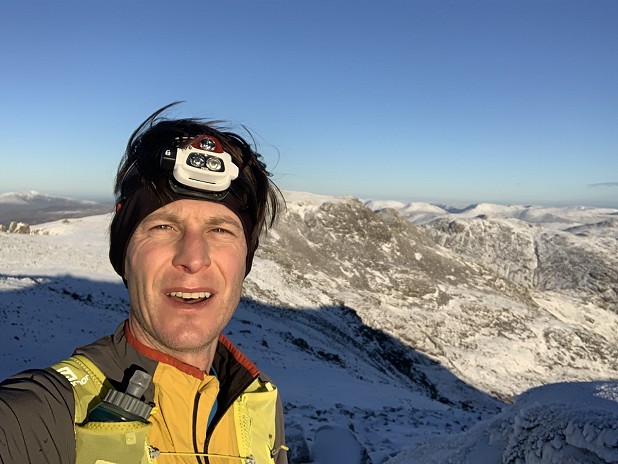


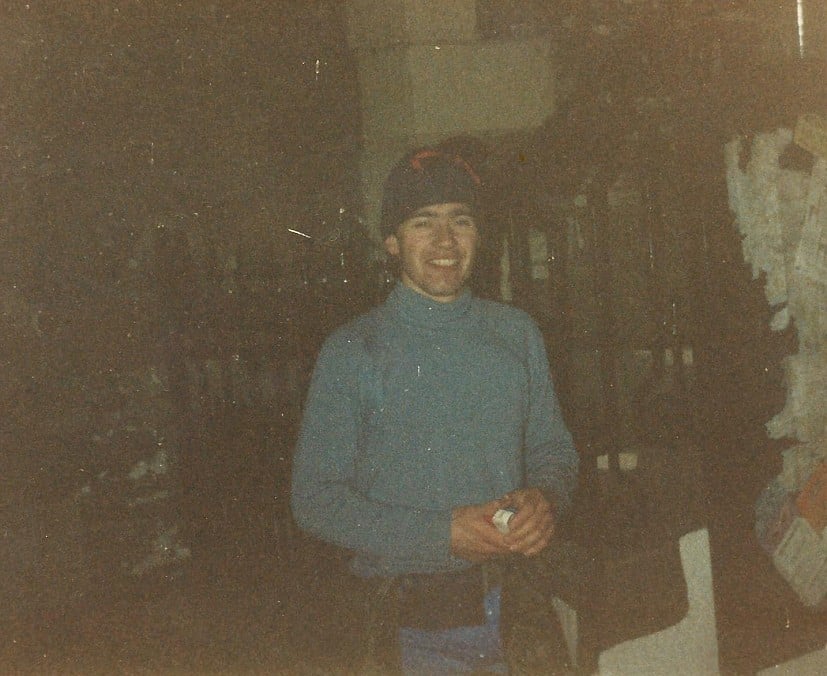
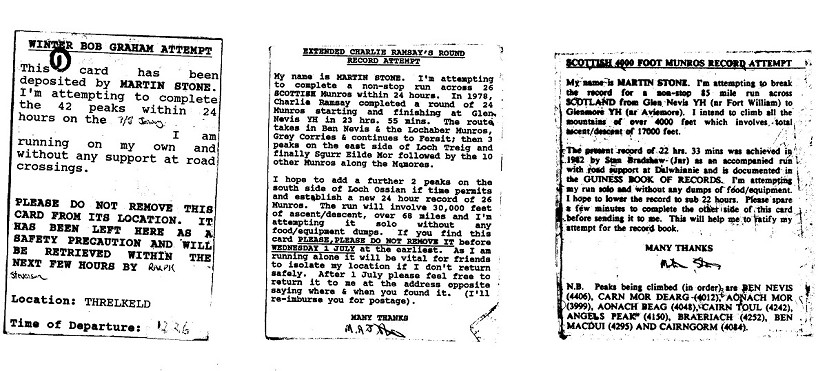
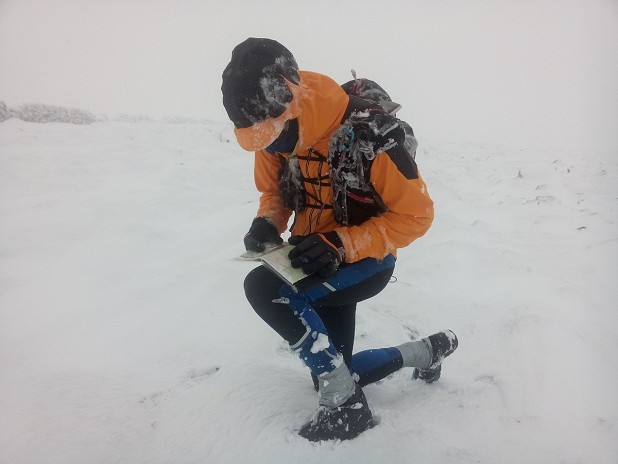
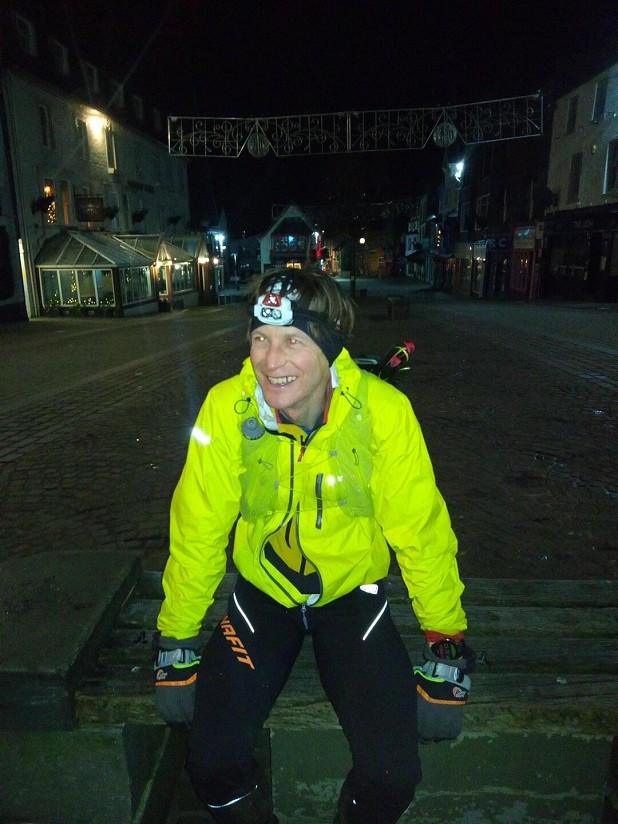
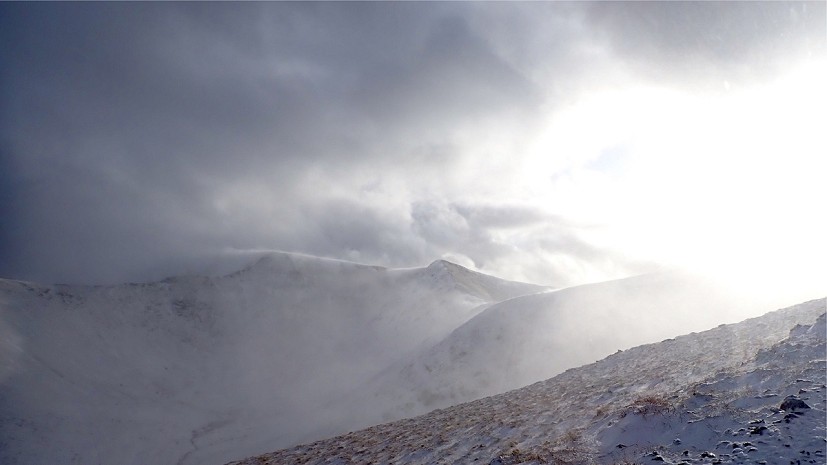
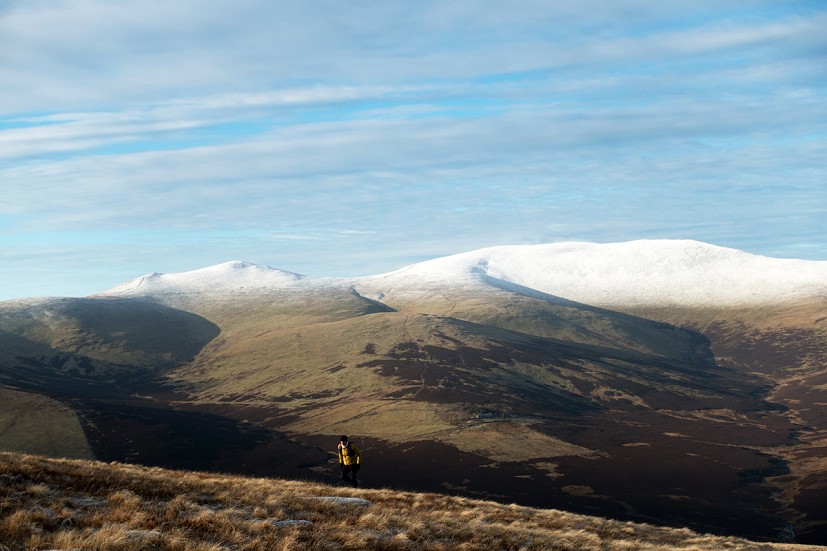
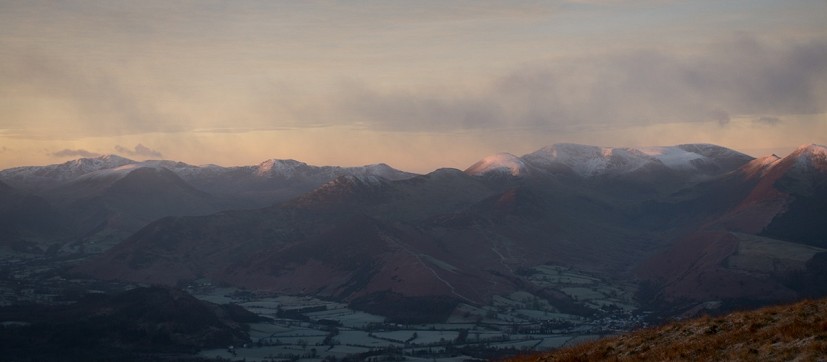



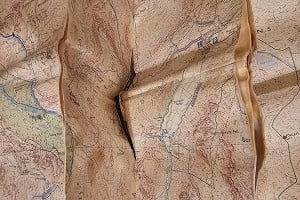
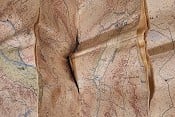
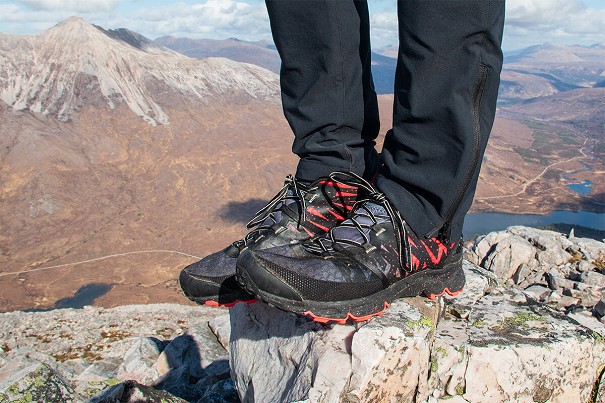
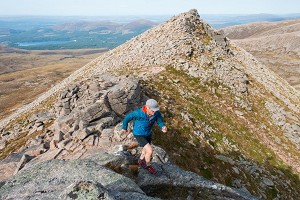
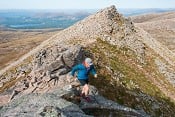
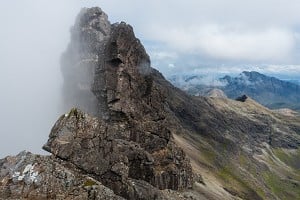
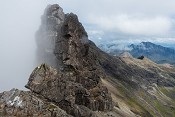
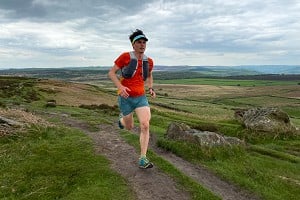
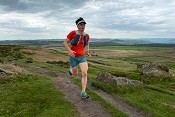
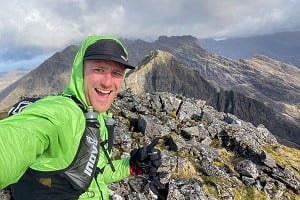
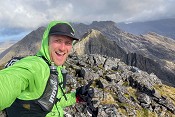
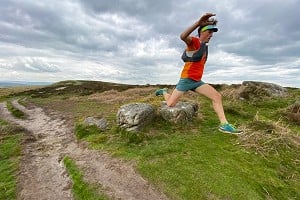
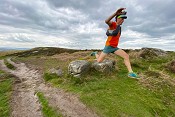
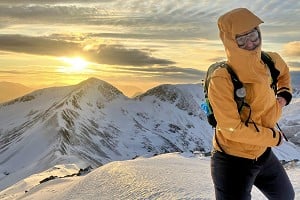
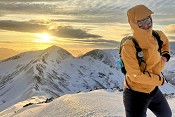
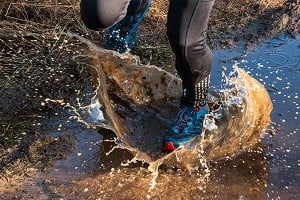
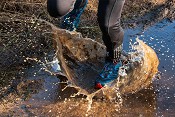

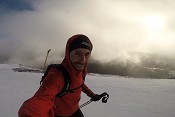
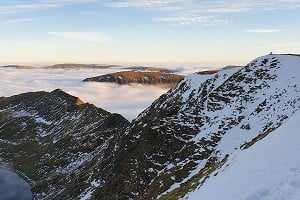
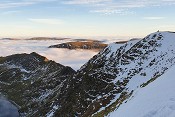

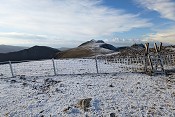




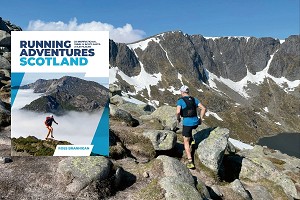



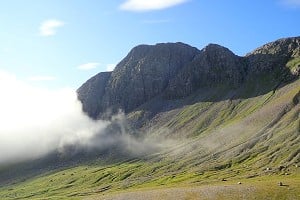
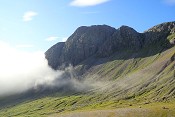
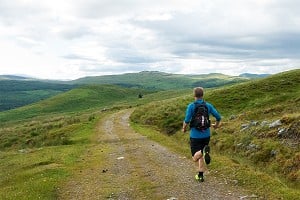
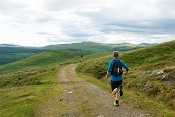
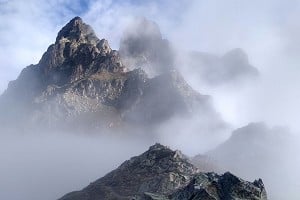
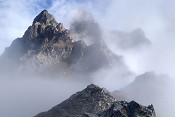

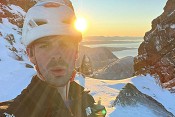
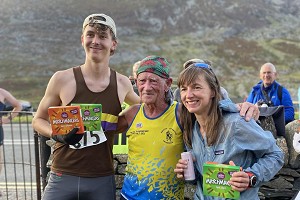
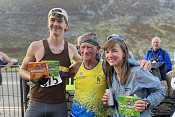
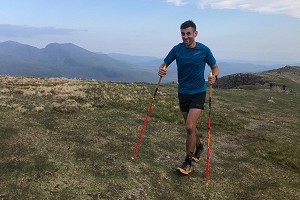
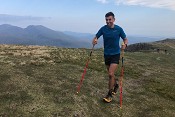
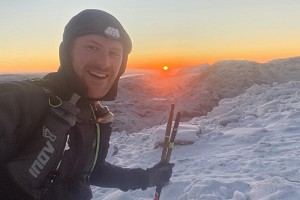
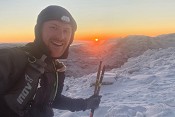
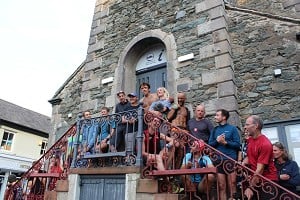
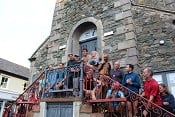


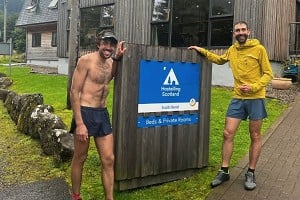
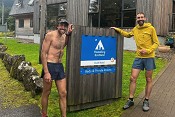
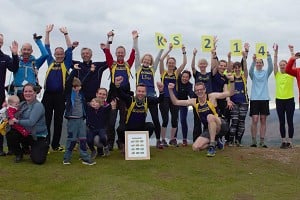
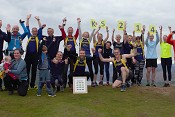
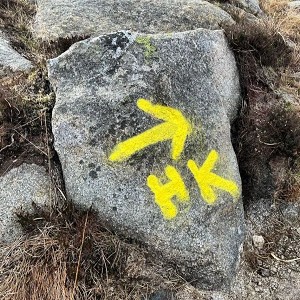
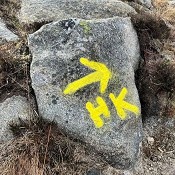

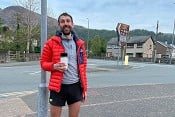
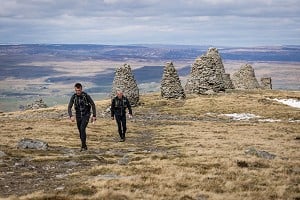
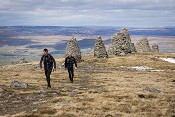
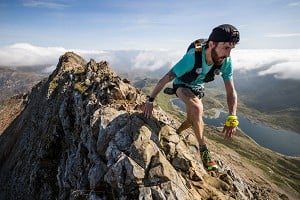
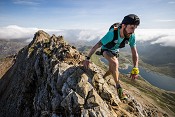

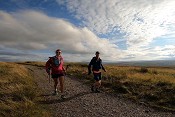
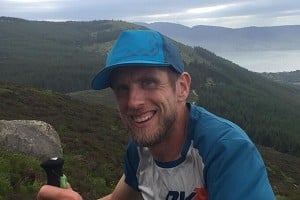
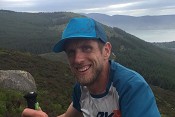
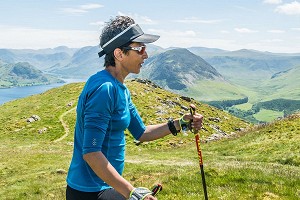
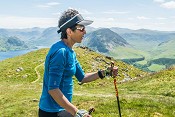
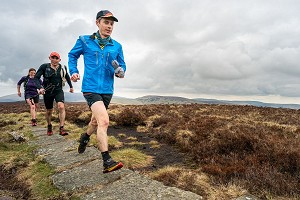
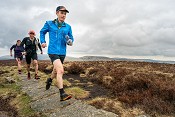
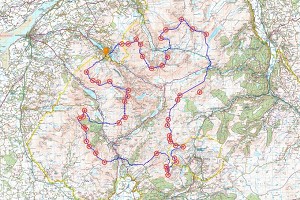
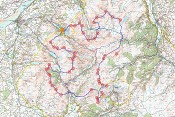

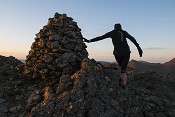
Comments
Fantastic achievement both physically and mentally, also puts into perspective how good Martin Stones time was all those years ago with by todays standards fairly crap gear.
Running round the Lakes solo in winter in a pandemic, lightly clad, while hallucinating. Everyone says awesome. Yet if that had been anyone else ( ie not a well known runner and event organiser) they'd have been slated big style. I dunno what to make of it.
I thought Bob Graham rounds had to be accompanied, in which case a solo BG is effectively an oxymoron.
And yes I know what it means, covering the BG route, and it is an impressive achievement although rather irresponsibly stupid during Covid.
That’s not right. Membership of the BG club requires verification at each summit.
A Bob Graham Round requires an individual to visit all 42 tops, starting and finishing at The Moot Hall within 24 hours.
Shane didn’t break any rules, I take my hat off to him.
Yes, it's almost as if skill and experience are important considerations.
(Where did "hallucinating" come from? I didn't see it mentioned in the interview, was it from another report?)